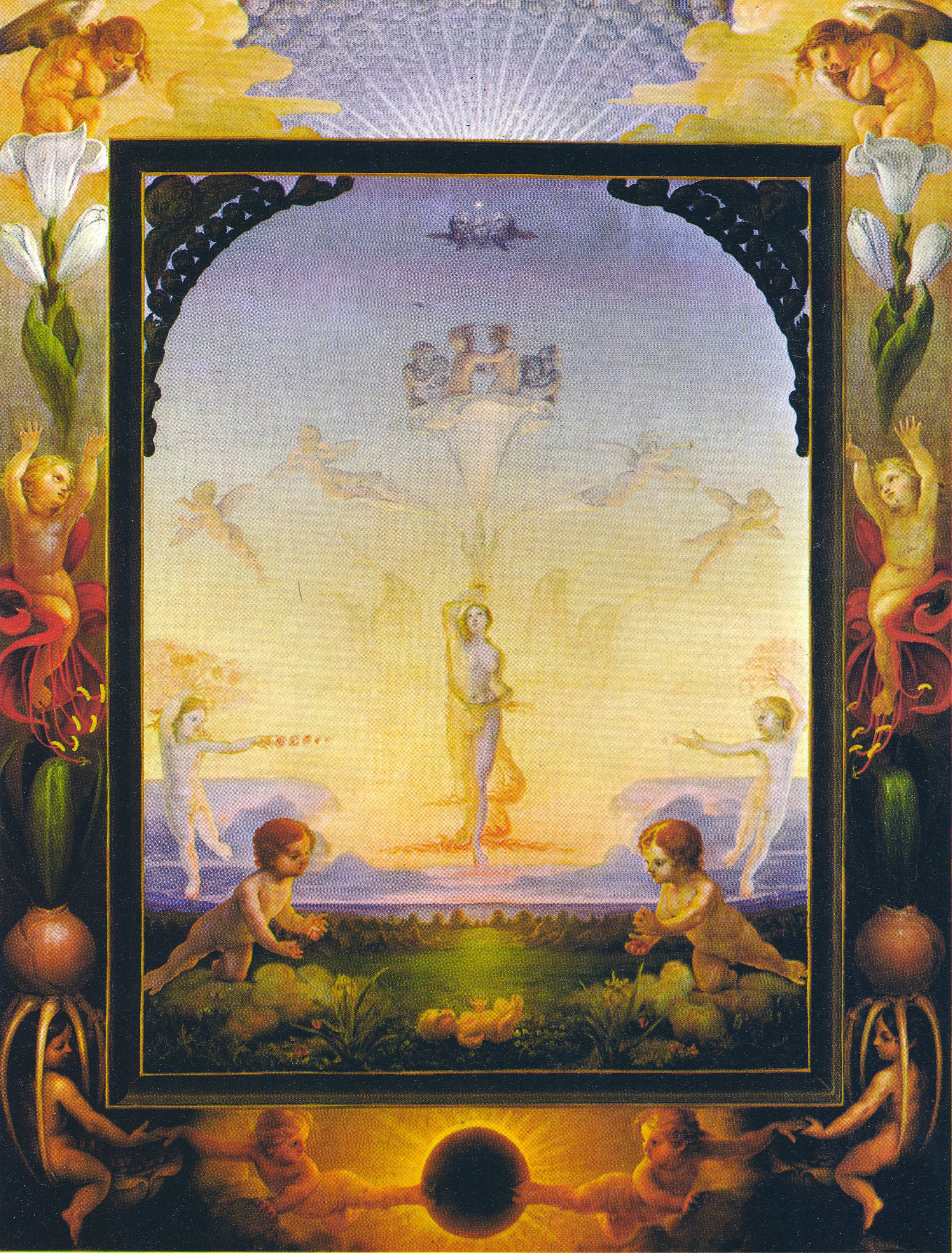PAST CLASS Alchemy Becomes Art: A Visual History of Hermetic Philosophy from Ancient Egypt to 19th-Century Symbolists: A Two-Week Online Class with Robert M. Place, begins Feb 12, 2022
PAST CLASS Alchemy Becomes Art: A Visual History of Hermetic Philosophy from Ancient Egypt to 19th-Century Symbolists: A Two-Week Online Class with Robert M. Place, begins Feb 12, 2022
2-week online course
2 pm - 4 pm Eastern Time
Saturdays February 12 and 19, 2022
PLEASE NOTE: All classes will also be recorded and archived for students who cannot make that time
Taught via Zoom by Robert M Place.
Please note: Zoom invites are sent five days before the first class meeting. If you do not receive it, please email us at info.morbidanatomy@gmail.com
Alchemy is the ancient mystical discipline that predates modern science, chemistry, medicine, and depth psychology. But it is also the source of modern Western mystical philosophy and a major influence on the arts. Besides the many creative activities that alchemists explored, they dreamed of completing the one Great Work and creating the Philosopher’s Stone. Not a physical substance, the Stone was in fact a mystical catalyst understood to transform what it touched to its highest form. Composed of the mysterious fifth element, it was believed to cure any illness, turn lead into gold, and turn an ordinary person into an enlightened sage.
In this series of two classes, we will discuss the history and symbolism of alchemy, and examine it as a golden thread of mystical truth running through Western culture, from its origins in Egyptian religion to modern art movements.
Class One: A discussion of the History, Philosophy, and Practice of Western Alchemy: stressing the role of transmutation and the mystical quest for enlightenment. Starting with the ancient Egyptians, we will demonstrate that the alchemical Magnum Opus, the quest for the mystical Philosopher’s Stone, is actually based on the myth of the death and resurrection of the god Osiris. Alchemy married laboratory experimentation with this mysticism. But in the 16th century, laboratory alchemy and philosophical alchemy split, and the philosophical branch led to the development of mystical societies, like the Rosicrucians and Masons.
Class Two: Alchemy Becomes Art: after the split between Laboratory Alchemy and philosophical alchemy, alchemists in Germany, such as Jacob Bohme and Michael Maier, created alchemical texts that were actually multimedia works of art. These mystics had a strong influence on German Romantics, and helped to create this movement in art, music, and literature. We will learn how Romantic art incorporated all seven Hermetic principles, which were the bases of alchemical philosophy. We will follow the influence of Romanticism on the Pre-Raphaelites, the Hudson River School, and the Symbolists, who in turn influenced 20th century Modern Art. We will also demonstrate its influence on the fascination with Egyptian art and mysticism that gave birth to the occult Tarot.
Robert M. Place is an internationally known visionary artist, whose award-winning works, in painting, sculpture, and jewelry, have been displayed in galleries and museums in America, Europe, and Japan. He is the designer, illustrator, and co-author of The Alchemical Tarot, The Angels Tarot, and The Raziel Tarot, which have received international acclaim. He is designer, illustrator, and author of The Alchemical Tarot Renewed, the award-winning The Tarot of the Saints, The Buddha Tarot, The Vampire Tarot, The Tarot of the Sevenfold Mystery, The Tarot of the Alchemical Magnum Opus, The Alchemical Tarot of Marseille, The Hermes Playing Card Oracle, and The New York Lenormand. He is the author of The Tarot: History, Symbolism, and Divination, which Booklist has said, “may be the best book ever written on that deck of cards decorated with mysterious images called the tarot.” He is the author of Astrology and Divination, Magic and Alchemy, and Shamanism, Alchemy and the Tarot, and The Tarot, Magic, Alchemy, Hermeticism, and Neoplatonism. He is the curator of The Fools' Journey and the author of the catalog for this exhibition of Tarot art that originated at the LA Craft and Folk-Art Museum. He was the guest of honor at the opening of the Tarot Museum in Riola, Italy. He has created numerous illustrations for books and magazines, his Facsimile Historic Italian Tarot is included in the collection of the Metropolitan Museum of Art, and he and his work have appeared on the BBC, A&E, the Discovery Channel and the Learning Channel. He has taught and lectured on five continents. Among his newest works are Lenormand and Tarot collaborations with Tarot diva Rachel Pollack, and a Lenormand deck inspired by Japanese culture.
Image: Philipp Otto Runge, Der Morgen, 1808

